
Photo: Flickr/Government of Montenegro
Montenegro produced enough electricity to cover domestic consumption from renewable energy sources only from May 24 to June 2, 2019, for the first time ever going coal-free for 10 days, the Government of Montenegro said in a press release.
During the period, coal-fired power plant Pljevlja was not operating, yet Montenegro produced around 82 million kWh of electricity, consuming about 75 million kWh.
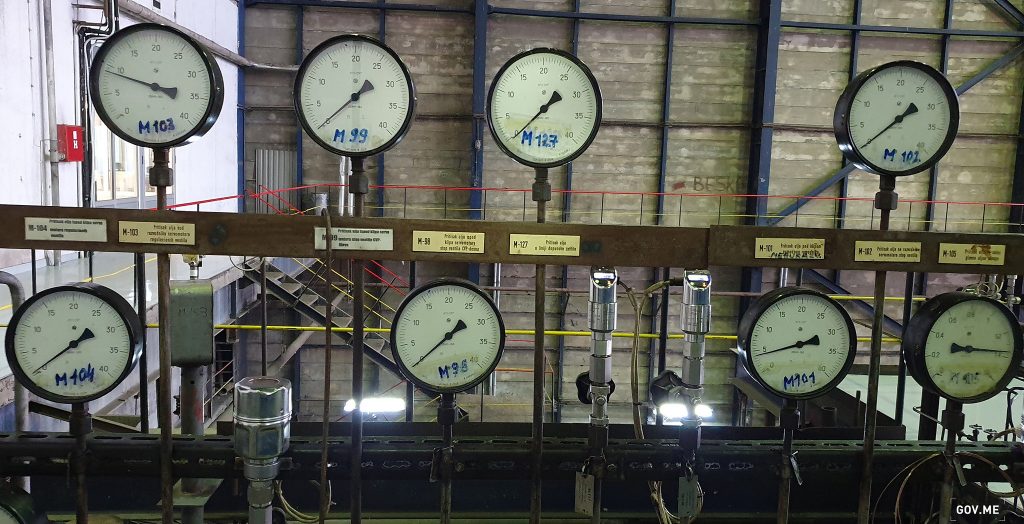
According to the press release, Montenegro’s two leading hydropower plants (HPPs) – Piva and Perućica – owned by state power utility Elektroprivreda Crne Gore (EPCG), had a significant share in the 10-day power generation.
Unlike in earlier periods, when Montenegro imported electricity while the lignite-fired power plant did not operate, this time new power generation sources, including small hydropower plants (SHPPs) and wind farms built over the past few years, supplied enough electricity for domestic needs.
Krnovo, Europe’s highest-located wind farm above sea level, and the Možura wind farm produced 12% of electricity consumed in Montenegro during the 10-day period. Wind power had a record share in Montenegro’s total electricity consumption, of 28%, on May 28, the Government said.
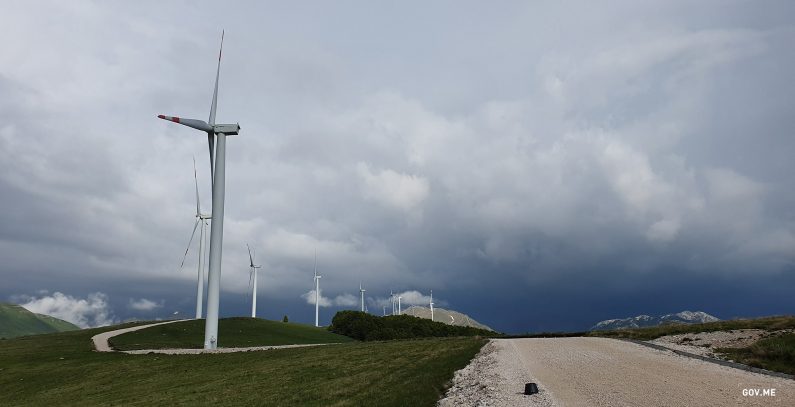
The 10-day experience confirmed that good operational readiness, adequate prognostic tools, high-quality power reserve and good connectivity with neighboring power systems guarantee reliable power supply to consumers in the future, which will be based exclusively on renewable energy sources, the press release reads.
A similar development was recently seen in the UK, which went coal-free for two weeks for the first time since the Industrial Revolution, the Government recalled, noting that Montenegro, in line with the spirit of its Constitution, was an ecological state in May, proving that the global energy transition is possible.
Apart from the investments already carried out in the renewables sector, the launch of a project to build two more wind farms is planned this year, while construction is expected to start soon on one of the largest solar parks in Europe, the Government said, noting that these planned investments are market-based, with no financial incentives to be paid to the investors.















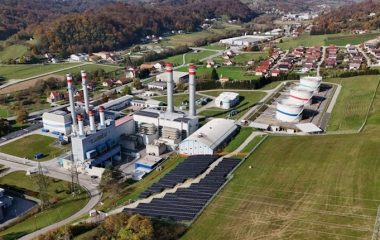
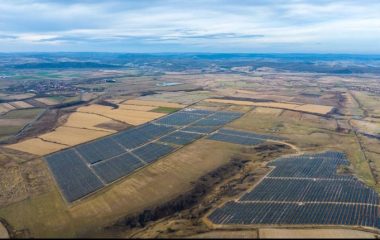
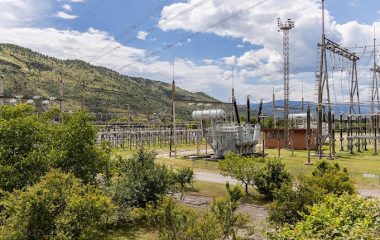
Be the first one to comment on this article.